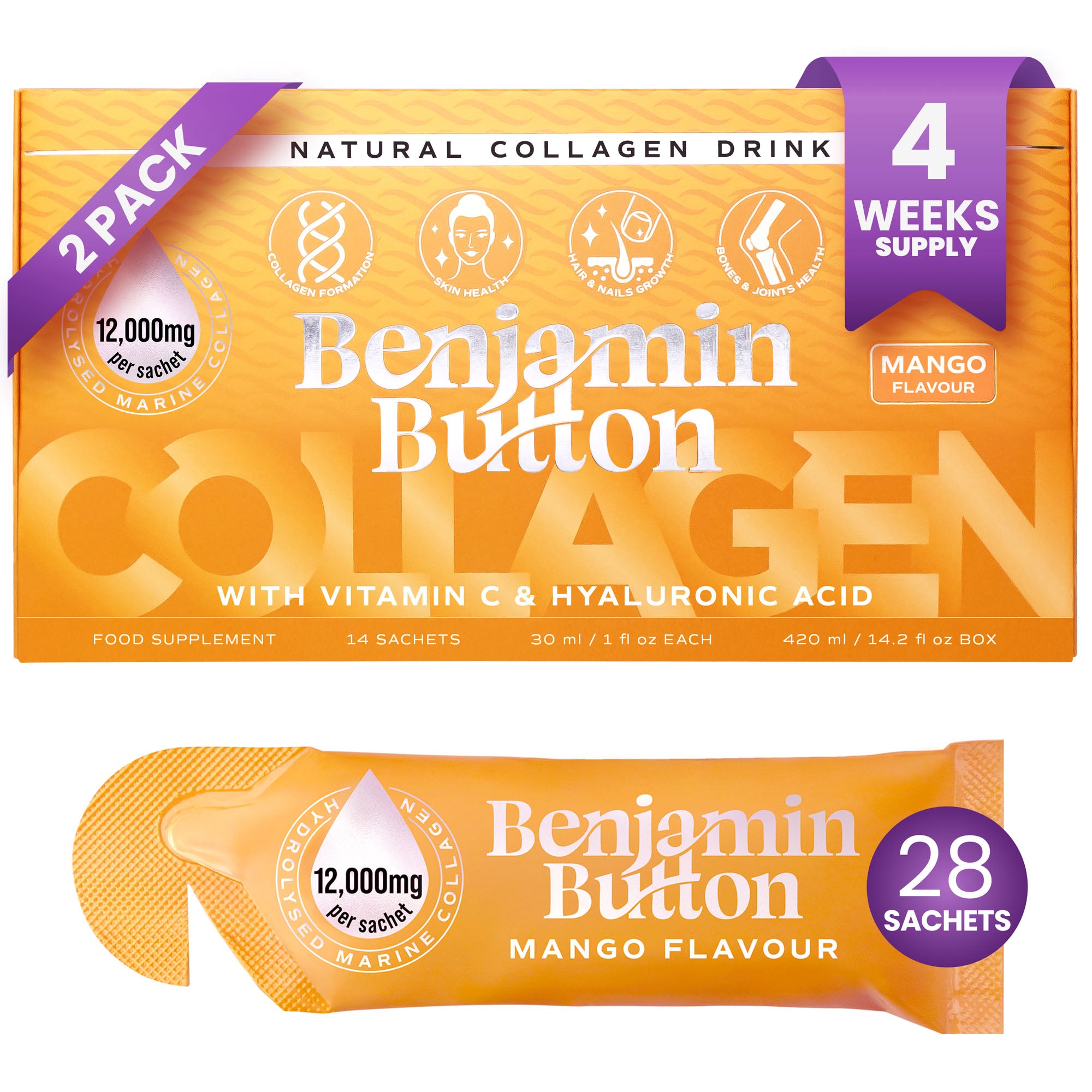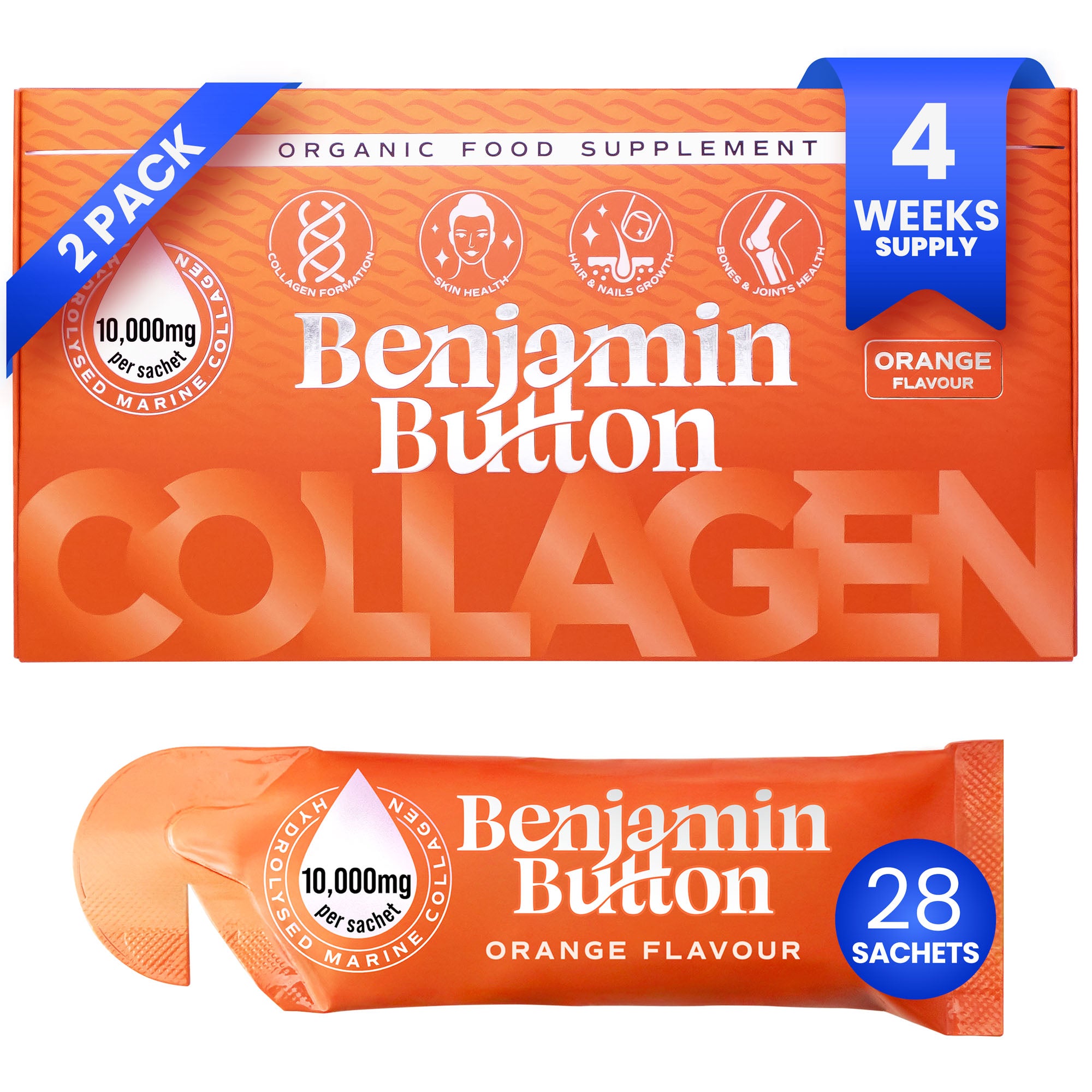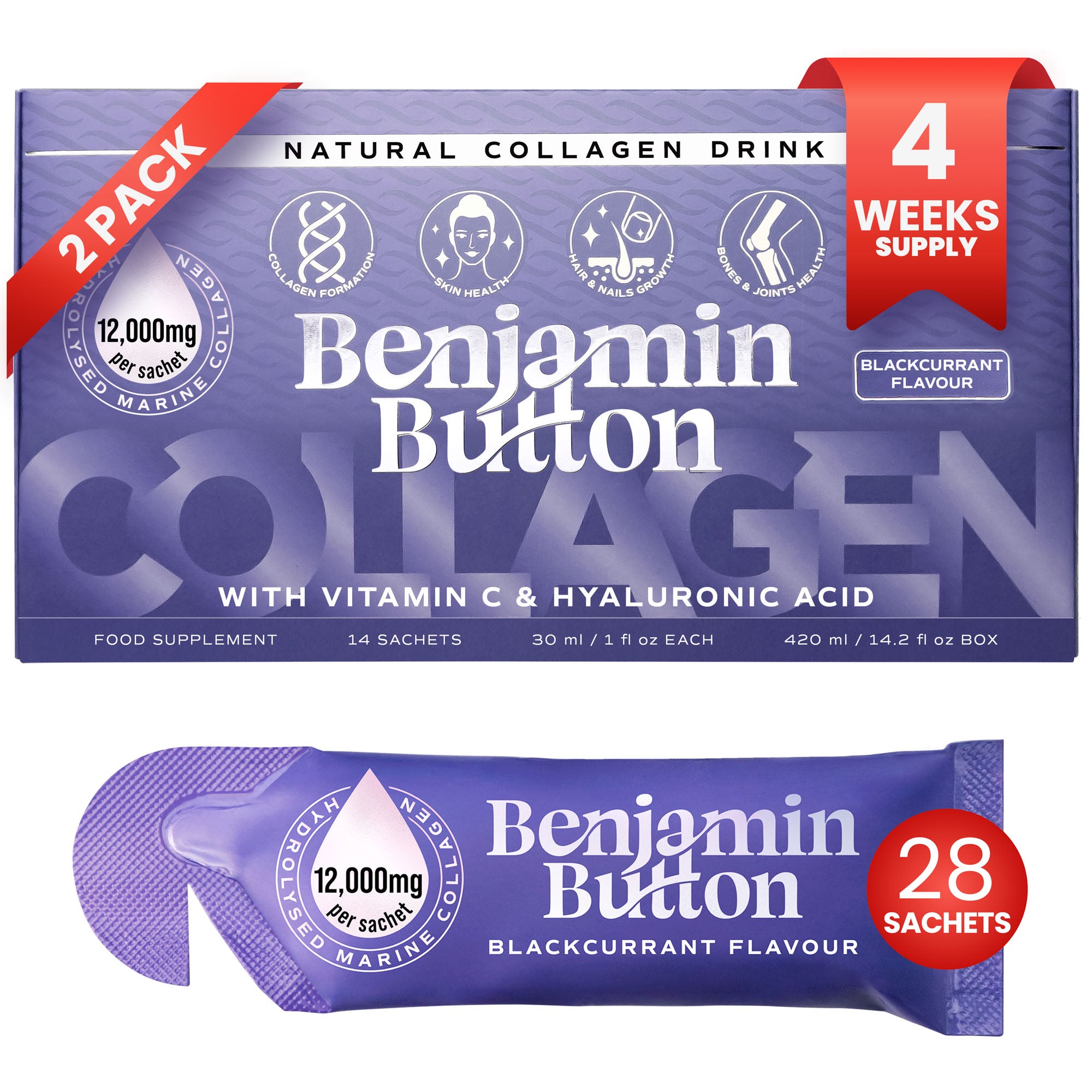Understanding Rosacea: An Overview
Rosacea is a chronic skin condition that affects millions of people worldwide. Characterised by redness, visible blood vessels, and sometimes acne-like bumps, rosacea often appears on the face, particularly in the central areas like the cheeks, nose, and forehead. Understanding this condition is crucial for managing it effectively and achieving a more even skin tone.Triggers of Rosacea
Identifying and avoiding triggers is a fundamental part of managing rosacea. These triggers may vary from person to person, but some common culprits include:- Sunlight: Exposure to ultraviolet radiation can worsen rosacea symptoms.
- Hot drinks: Beverages such as tea and coffee can cause flushing.
- Spicy foods: Spices can lead to increased blood flow, triggering redness.
- Alcohol: Many individuals with rosacea find that alcohol can exacerbate their symptoms.
- Extreme temperatures: Both heat and cold can lead to flare-ups.
- Emotional stress: Feelings of anxiety or stress can also lead to increased redness.
- Certain skincare products: Products that contain alcohol, menthol, or other irritating ingredients can trigger rosacea.
Treatments for Rosacea
When it comes to treating rosacea, a variety of options are available that can significantly improve the condition. It is essential to consult with a dermatologist to determine the best course of action tailored to individual needs.Topical Treatments
Topical medications are often a first step in managing rosacea. Commonly prescribed options include:- Metronidazole: This is an anti-inflammatory gel that helps reduce redness and papules.
- Azelaic acid: Known for its antibacterial properties, azelaic acid also helps in reducing inflammation.
- Ivermectin: This cream addresses skin mites and reduces inflammation.
Oral Medications
In more severe cases, oral medications may be necessary to control rosacea symptoms. Options include:- Antibiotics: Tetracycline, doxycycline, and minocycline are commonly prescribed antibiotics that can help reduce inflammation and combat the bacterial component of rosacea.
- Isotretinoin: In cases that do not respond to other treatments, isotretinoin may be an option, but it must be used under strict medical supervision due to potential side effects.
Other Therapies
Several additional therapies can aid in the management of rosacea, including:- Laser Therapy: This treatment targets blood vessels, helping to reduce redness and improve skin tone.
- Intense Pulsed Light (IPL): IPL treatments help reduce the overall appearance of redness and flushing.
- Electrosurgery: In certain cases, electrosurgery can remove unwanted blood vessels, improving the skin's appearance.
Daily Care and Lifestyle Changes
In addition to medical treatments, incorporating daily skincare routines and lifestyle adjustments can optimise rosacea management:Skincare Regimen
Maintaining a gentle skincare routine is essential for managing rosacea. Here are some tips:- Use gentle cleansers: Avoid products with strong fragrances and alcohol. Opt for soothing, hydrating formulas.
- Moisturize daily: Ensure skin remains hydrated to prevent dryness, which can exacerbate symptoms.
- Sun protection: Daily use of broad-spectrum sunscreen with at least SPF 30 can help protect against sun-induced flare-ups.
- Avoid exfoliating agents: Scrubs and abrasive products should be avoided, as they can irritate sensitive skin.
Lifestyle Modifications
Making simple lifestyle changes can also help mitigate rosacea symptoms:- Identify triggers: Keep a diary of flare-ups to help identify and avoid personal triggers.
- Dietary adjustments: Experiment with eliminating potential dietary triggers like spicy foods and alcohol.
- Stress management: Incorporate relaxation techniques such as yoga, meditation, or regular exercise to help manage stress.
- Avoid hot environments: Staying cool can help manage flushing and redness.
Insights from Rosacea Management
Living with rosacea can be challenging, but understanding the condition can lead to successful management. Here are a few insights:- Education is empowering: Learn about rosacea, its triggers, and treatments. Knowledge brings clarity and control.
- Patience is essential: Managing rosacea effectively takes time. Results from treatments can be gradual.
- Seek professional help: Regular consultations with a dermatologist ensure the most effective and tailored treatment plans.
- Join support groups: Connecting with others who face similar challenges can provide emotional support and useful tips.
In adopting these practices, many individuals successfully manage their rosacea, leading to renewed confidence and wellbeing.





















